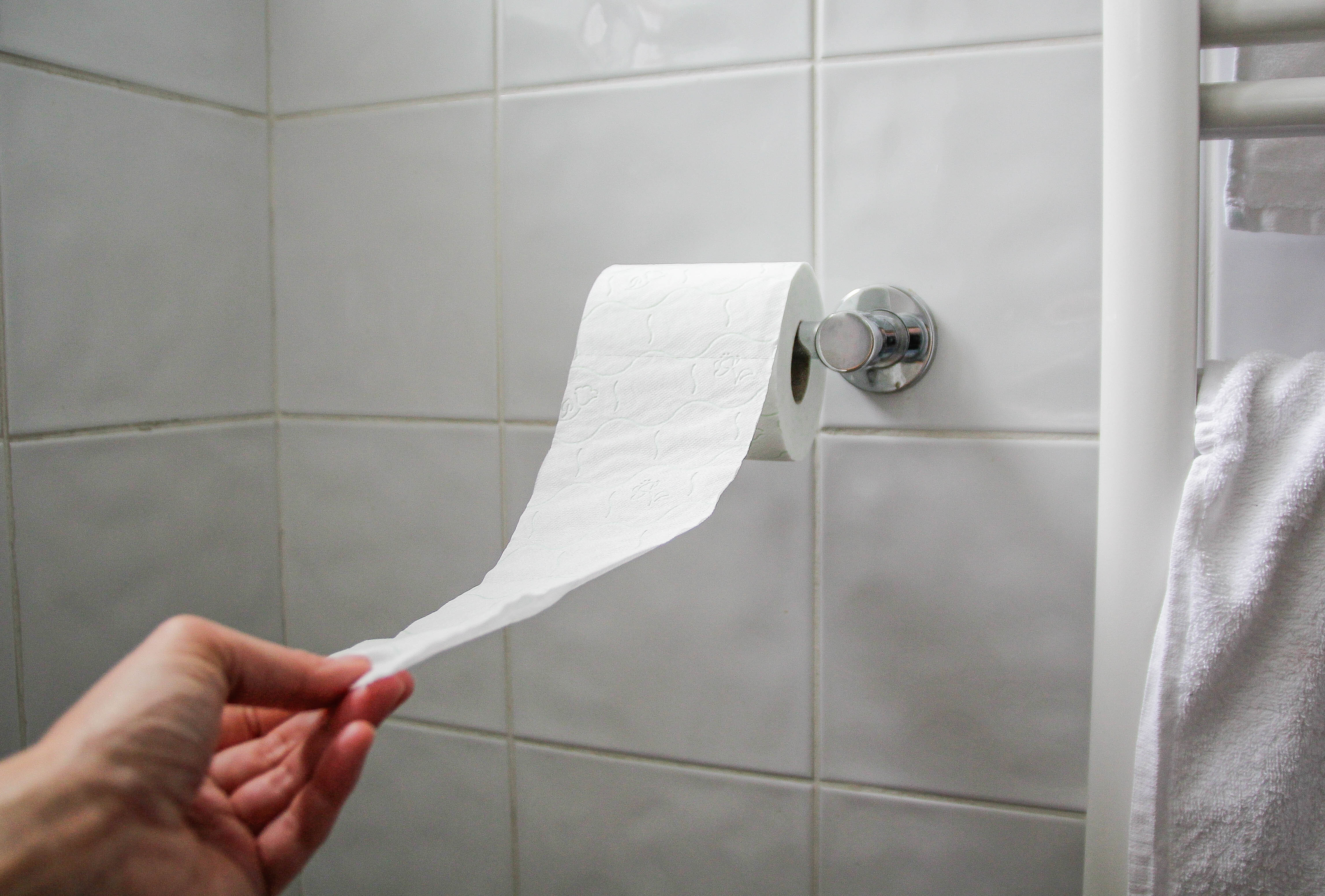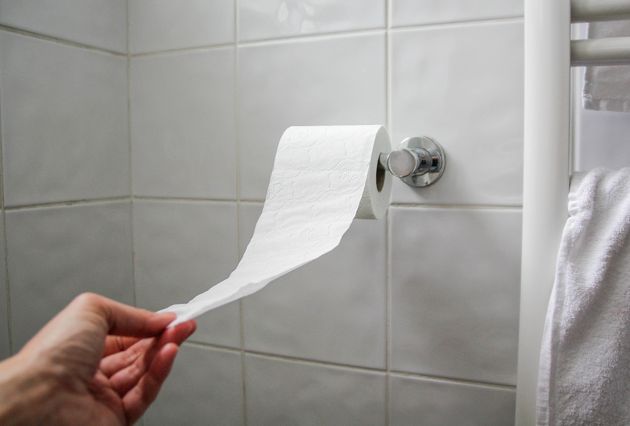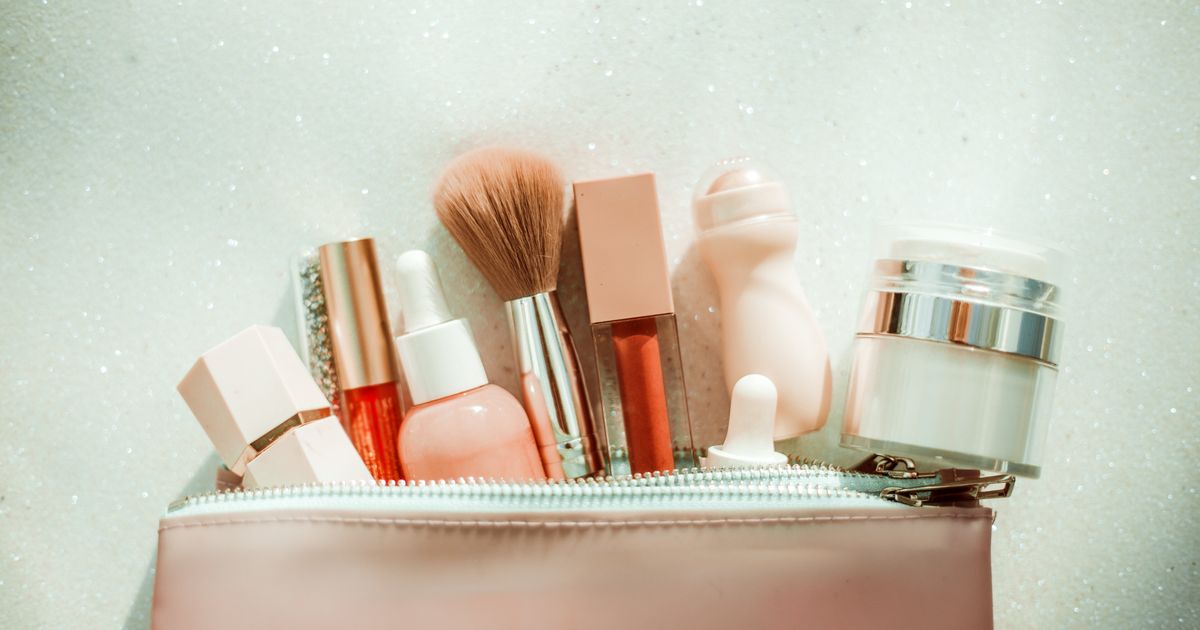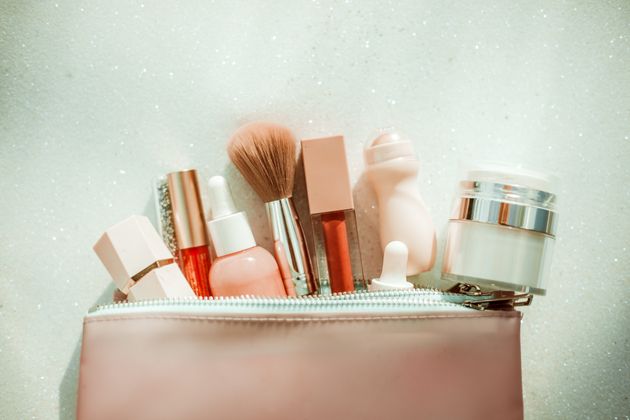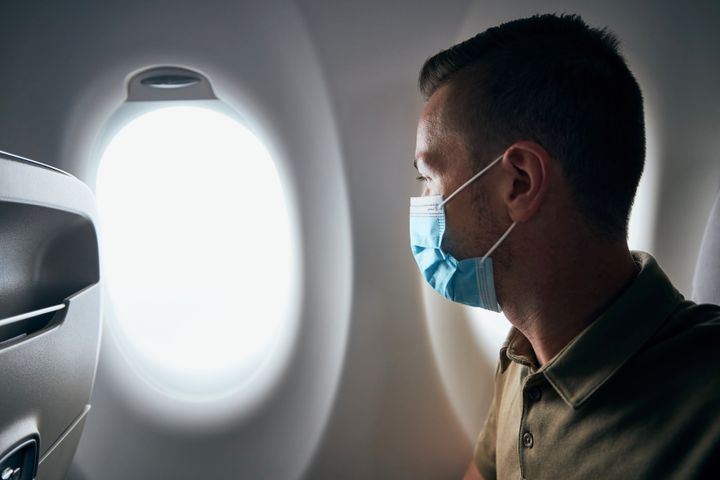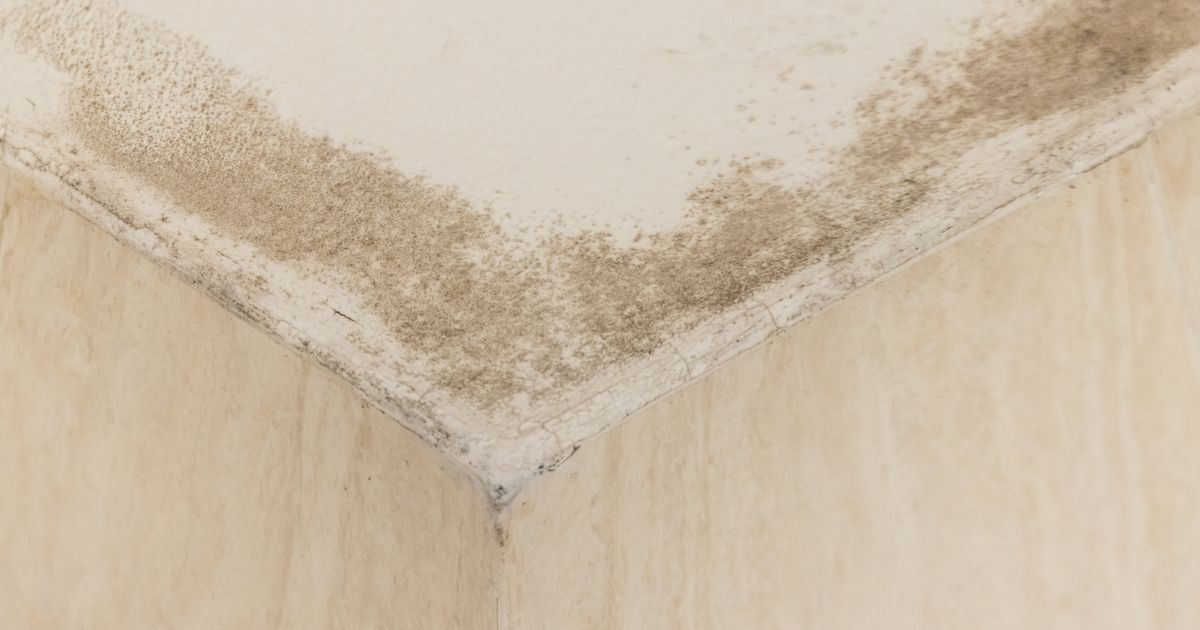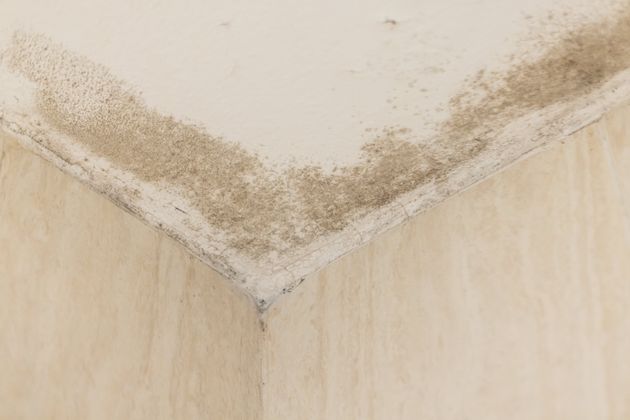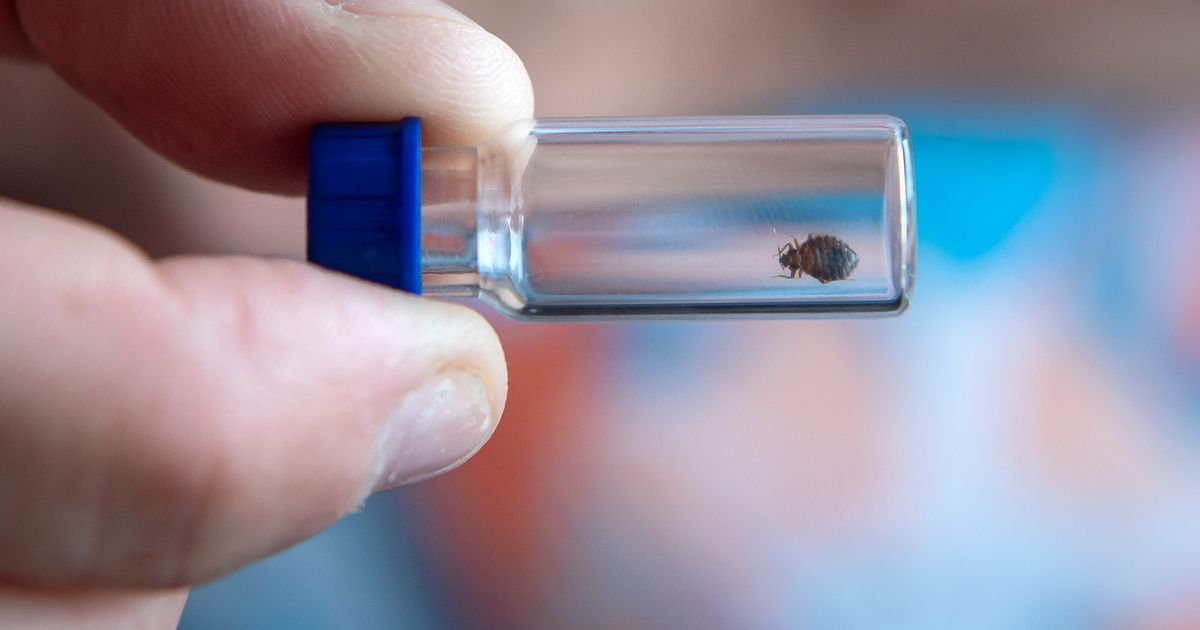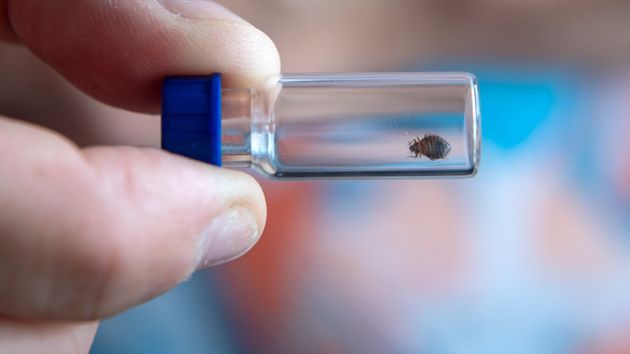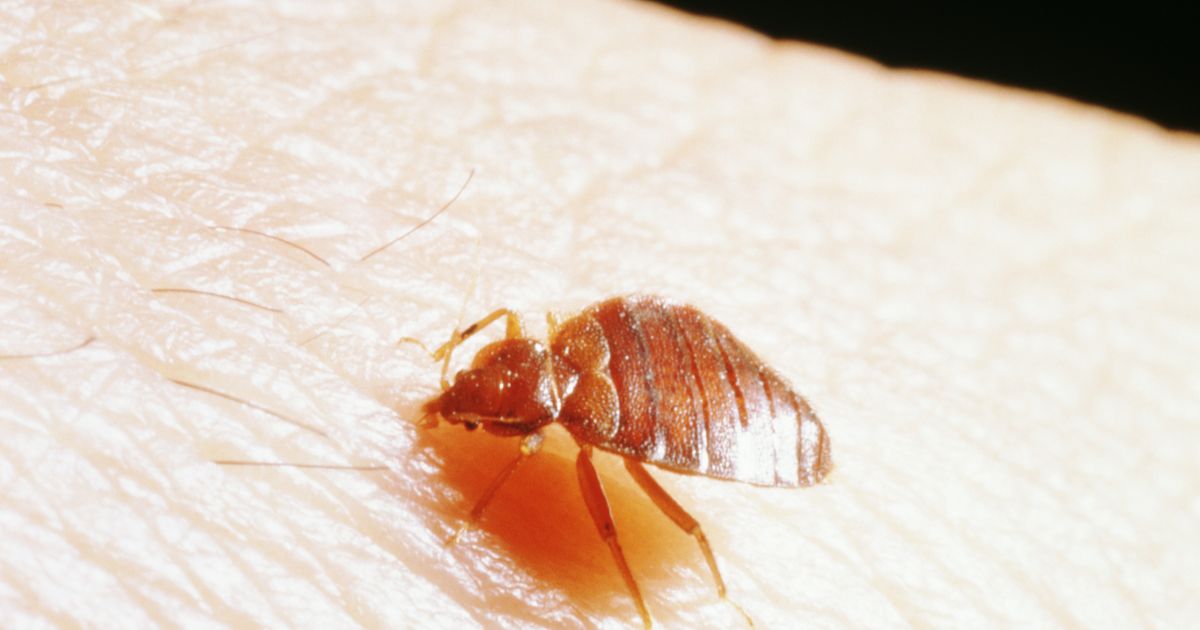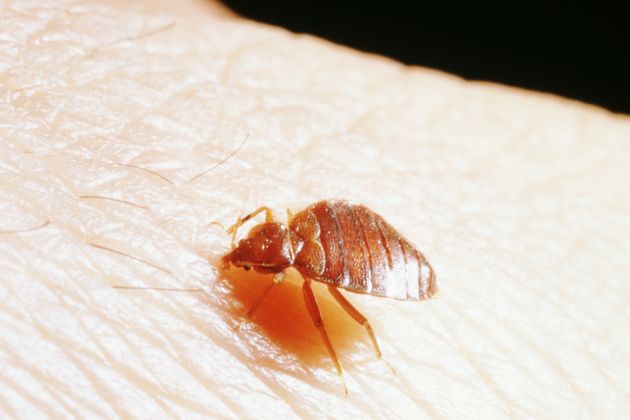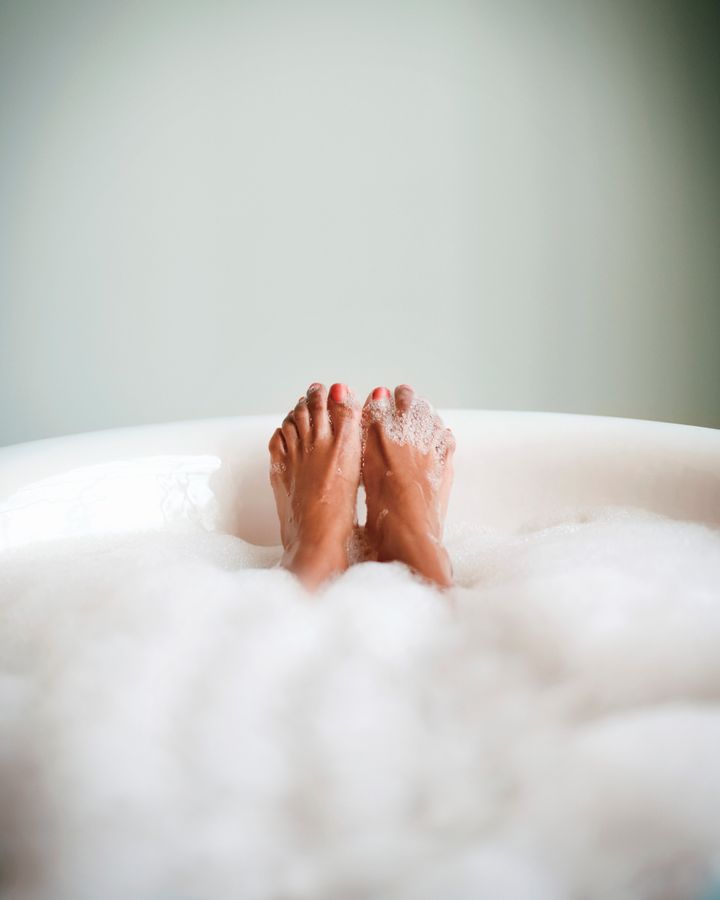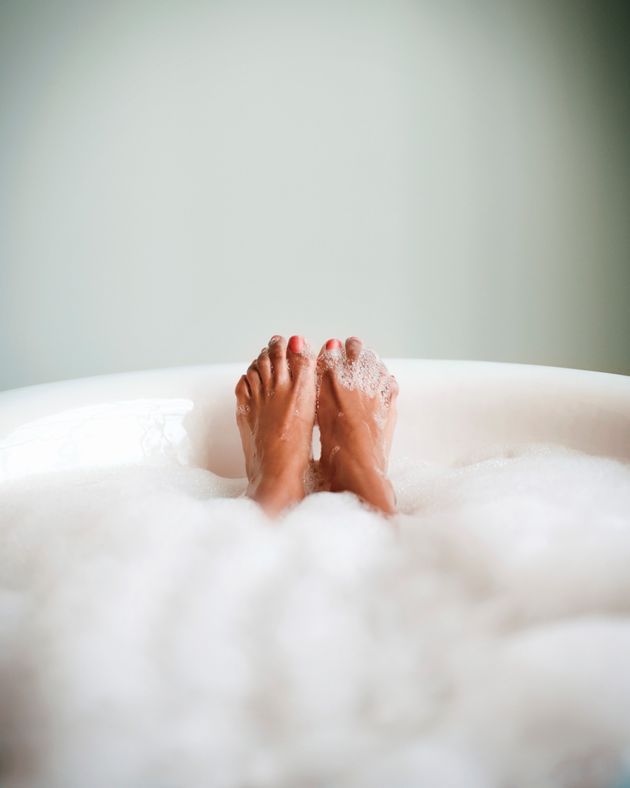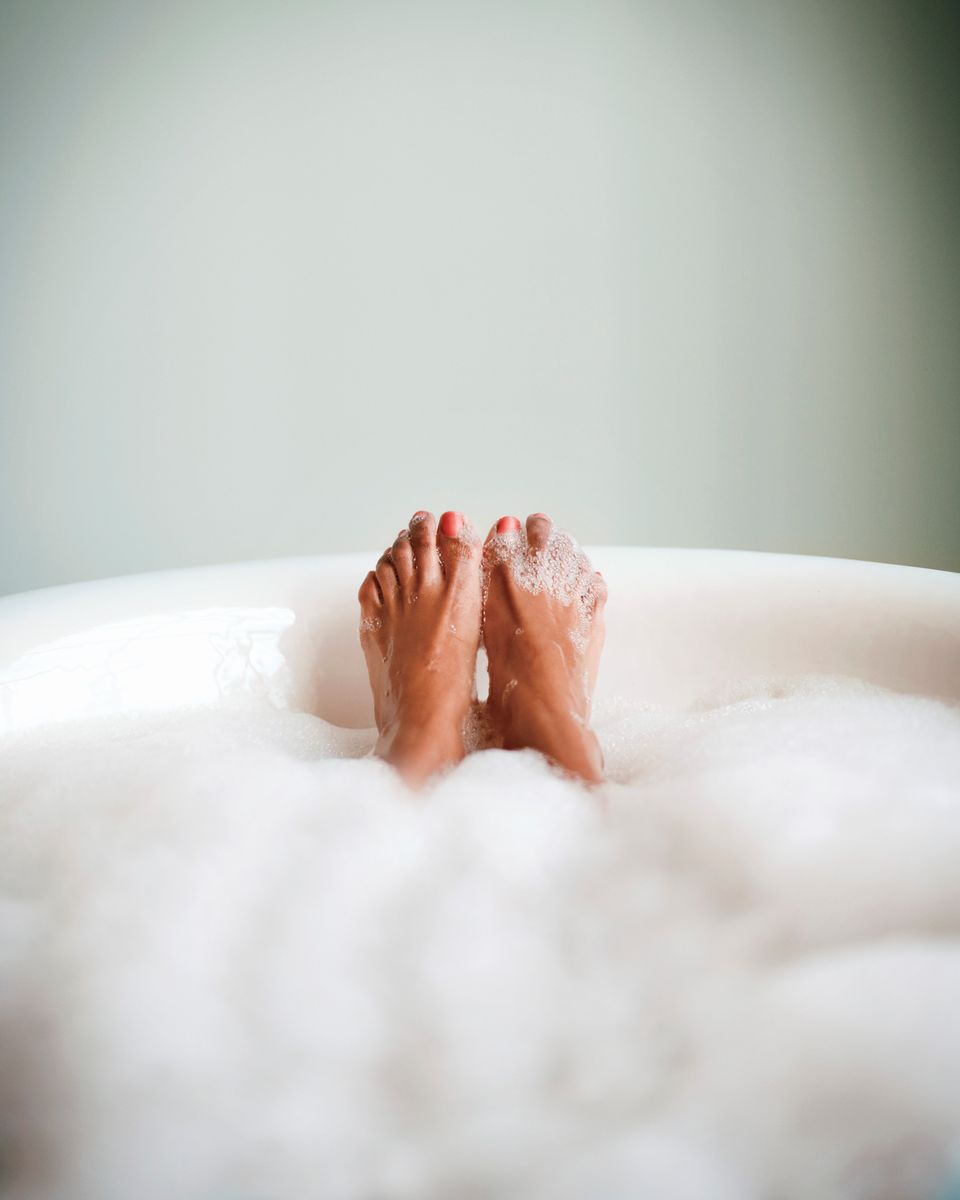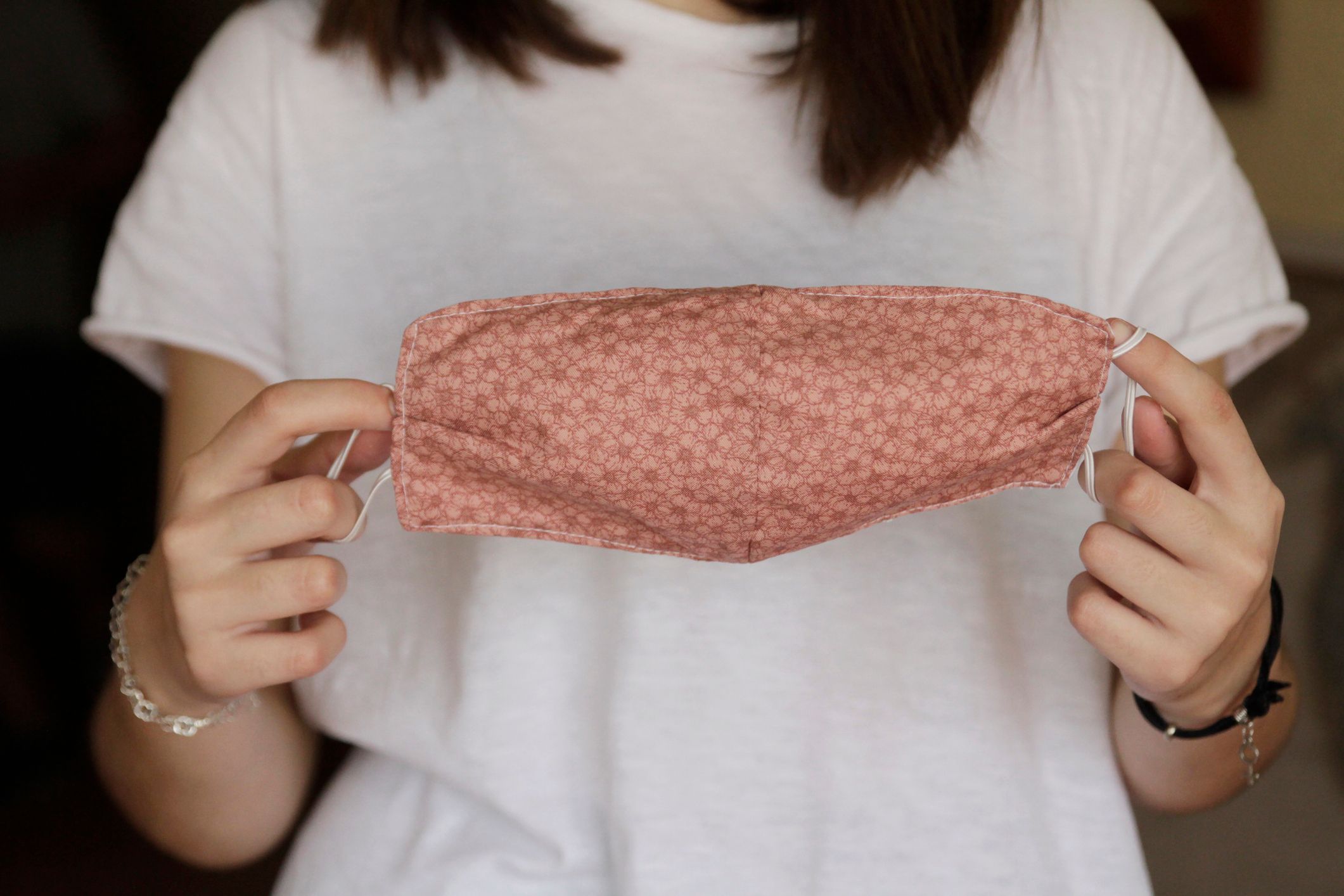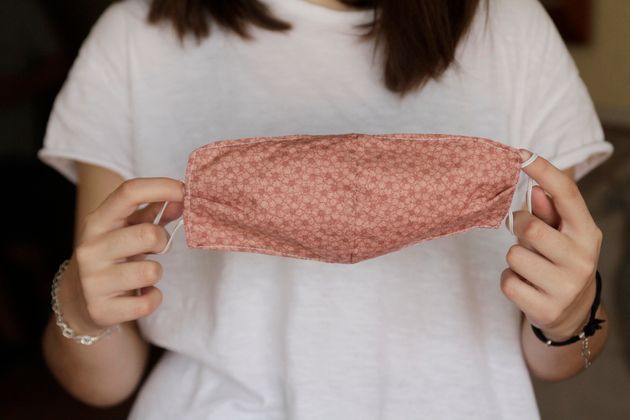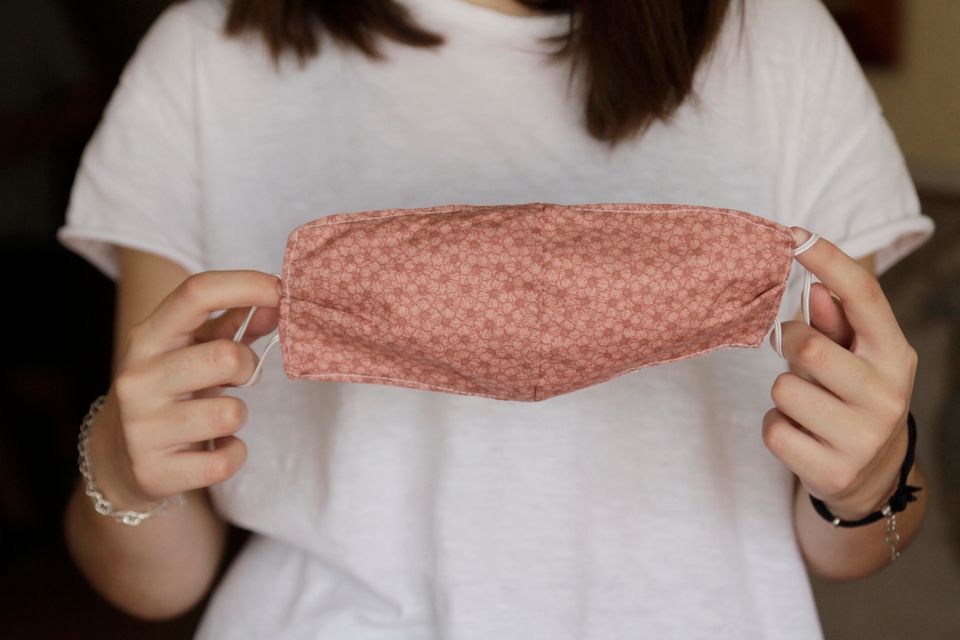We are in our rot era. We’re letting ourselves be a little more slobby, a little more gross, a little less refined because you know what? Life’s too short. So who cares if our lipstick is a bit old or if we can’t remember the last time we cleaned our makeup brushes?
Well, it turns out our bodies might.
While we’re leaning into being a little less refined, we could be putting our health at risk, according to Saffron Hughes, the makeup artist at FalseEyelashes.co.uk.
While we may think of makeup as something that we do for fun or quickly put on before going out, it’s actually always interacting with our skin and this means that if we don’t take good care with it, we could be encouraging anything from blemishes to E. coli.
The makeup hygiene mistakes we have all unknowingly been making
Storing our makeup in makeup bags long-term
I know, I know, what are they for, then?
Well, Hughes said: “Dead skin cells and bacteria from your brushes are transferred to your makeup bag after every application. Shockingly, researchers have found that 90% of makeup bags are contaminated with superbugs, such as E.coli, due to improper cleaning.”
Instead of keeping your makeup in a bag, when you’re home, keep it in drawers or on a dressing table as the more robust materials used to build these are easier to clean than a fabric makeup bag.
Don’t have to tell me twice.
Leaving lids open inside the makeup bag
This isn’t likely to be something you’re doing intentionally but it’s always worth a second check that you’ve definitely put the lid back on properly after using your favourite mascara or lippie.
Hughes said: “Accidentally leaving makeup product lids open is a silent invitation to bacterial growth. So, when you use a makeup product, double-check that the lid is tightly shut to prevent moist air from entering the product and creating the perfect humid conditions for bacterial growth.”
Hughes added that wet conditions, such as bathrooms, are bad places to store makeup, for the same reason.
Not cleaning your actual makeup products
Um. I’ll be real with you. I didn’t know this was a thing.
Hughes said: “Whilst everyone knows the importance of regularly cleaning their makeup brushes, dust, dead skin cells, and product build-up can accumulate on your beauty products themselves.”
“The same study previously mentioned found that E.coli, fungus, and staphylococcus aureus, otherwise known as a staph infection can be found on beauty products – all of which can cause skin infections.”
Never cleaning where you store your makeup
Hughes said, “As well as cleaning your makeup products, you should clean where you store them otherwise you’ll be placing clean products into a potentially germ-infested area.”
She added that once you have cleaned, ensure that the drawers or surfaces are fully dry as, “the moist air can enter your makeup products and produce the perfect humid conditions for bacterial growth.”
Not cleaning your beauty blender after every use
Over the past few years on TikTok, people have been cutting open their beauty blenders and sponges just to find that mould was thriving inside of them.
Speaking on this cursed phenomena, Hughes said: “This happens for a number of reasons; firstly, the porous structure of beauty blenders and makeup sponges allows them to absorb dirt, oils, and leftover makeup residue, creating an environment where mould is likely to grow if the beauty blender isn’t regularly or adequately cleaned.”
The makeup artist went on to warn that when mould combines with dirt and grime, it clogs pores which can, “bring on an array of other skin problems, including breakouts, skin irritations, redness, and more.”
She advises that sponges and blenders should be cleaned thoroughly using a mild soap or specialist cleanser made for blenders after each use.
Disregarding expiration dates of makeup products
Hughes warned: “The first thing you should always do before opening any new beauty product is check the label. On the label, you will find a small jar symbol with a number followed by the letter M inside.
“The number followed by the letter M determines how long the product will work best and how long it should be used once opened and exposed to air.
“After this timeframe, the products will decline in quality and can become a breeding ground for bacteria. So if it’s a product that you’re less likely to finish using during the timeframe, make a note of when you opened it to avoid disappointment.”
She added that after this timeline, the products will decline in quality and become a breeding ground for bacteria. So, if it’s a product you’re unlikely to finish in the timeframe, make a note of when you opened it to avoid disappointment.
Ignoring changes in textures or smells of products
Hughes said, “One way of determining if your product has expired is by the smell. If the product now has a new distinctive odour that it didn’t have before, then it’s time for it to go.
“Another way you can determine if your product has expired is if the texture has changed. If your liquid products have thickened or become clumpy, then they need to be disposed of. Cosmetics also begin to separate, and this becomes very visible.”
She added that the colour of a product can be a tell-tale sign of expiration. This is because cosmetics oxidise when exposed to air. The longer they are sat for, the more likely they are to oxidise.
If you’ve noticed you are looking a bit more orange than usual, your makeup may be out of date!




